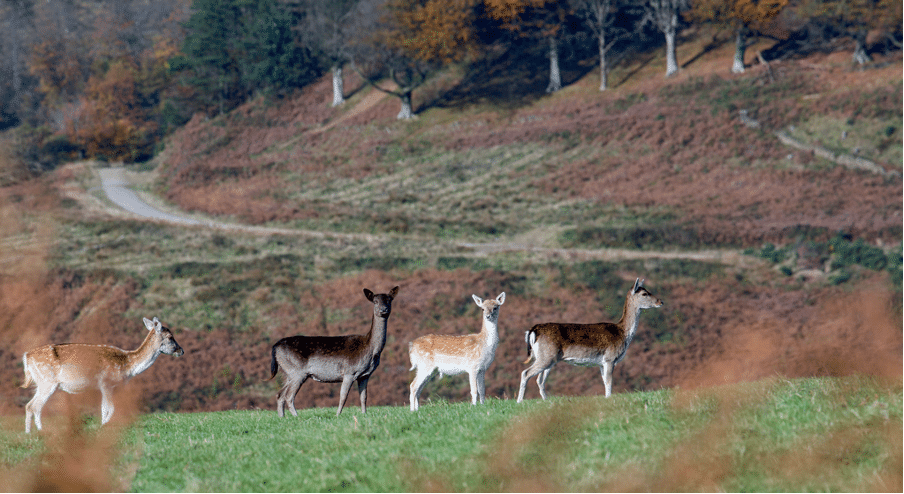Win CENS ProFlex DX5 earplugs worth £1,149 – enter here
Surprising finding about deer diet offers conservation hope

A new study into deer droppings has revealed unexpected benefits for vulnerable woodland plants and suggests that some deer culls in North Wales may not be required.
Researchers from Bangor University and the University of Reading analysed roughly 350 fallow deer droppings from the Elwy Valley woods in Denbighshire between 2019 and 2021 and discovered that brambles constituted up to 80% of their diet during the winter months.
This finding suggests that deer might be able to help control bramble growth, which could otherwise overpower saplings of delicate tree and shrub species.
Dr Amy Gresham, who led the study, said: “We expected that fallow deer would primarily graze on the abundant grasses in the area’s livestock pasture, diversifying their diet over winter to browse on trees. In fact we observed that the diversity of the diet narrowed over winter, with bramble being the most prominent food resource.”
Amid concerns about the growing deer population’s impact on UK woodlands, the study could provide conservationists with further tools to improve biodiversity. Charles Smith- Jones, technical adviser to the British Deer Society (BDS), told ST: “This study is an important reminder of the valuable role played by deer within ecosystems.
“It is often all too easy to focus on the problems that may be caused by excessive numbers, and to lose sight of just how beneficial their presence can be when kept in proper balance with the environment,” he added.
Related Articles
Get the latest news delivered direct to your door
Subscribe to Shooting Times & Country
Discover the ultimate companion for field sports enthusiasts with Shooting Times & Country Magazine, the UK’s leading weekly publication that has been at the forefront of shooting culture since 1882. Subscribers gain access to expert tips, comprehensive gear reviews, seasonal advice and a vibrant community of like-minded shooters.
Save on shop price when you subscribe with weekly issues featuring in-depth articles on gundog training, exclusive member offers and access to the digital back issue library. A Shooting Times & Country subscription is more than a magazine, don’t just read about the countryside; immerse yourself in its most authoritative and engaging publication.







